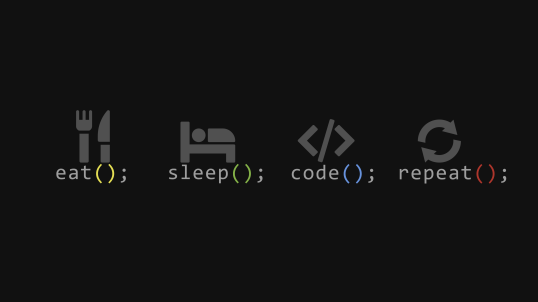About Algorithm3
알고리즘 03 Divide and Conquer: Quick Sort
Divide and Conquer: Quick Sort - Design
D and C without Step 3(Combine) → Quick Sort
Q: Combine step 없이 정렬을 하기 위해서는 어떻게 해야 하는가?
A: Divide(step 1)을 더 잘해야 한다!!
Quick_Sort(low, high);
{
if (hight > low) {
//stopping(termination) condition
Divide(low, high);
Quick_Sort(low, pivot_index - 1); //left
Quick_Sort(pivot_index + 1, high); //right
}
}
Quick Sort Analysis: T(n)
T(n)
= Divide + Conquer + Combine
= (n-1) + T(n/2) + T(n/2) + 0 —> Best Case —> … —> ≤ O(nlogn)
= (n-1) + T(n-1) + T(1) + 0 —> Worst Case —> … —> ≤ O(n^2)
Recurrences
Recurrence equations
- Describe a sequence of numbers
- Early terms(numbers) are specified explicity
- Later terms are calculated(expressed) as function of their predecessors
ex) T(1) = 1, T(n) = T(n-1) + 1
- Reduces a big problem into smaller problems until easy cases(terms) are reached(progressively)
- Useful and Powerful to analyze the performance of recursive algorithms → Time Complexity analysis
D and C is not Recurrence!!!
Two big classes of recurrences in CS
- Linear recurrence Later terms = linear combinations of early terms Linear Algebra ex) fibonacci recurrence
- D and C recurrence ex) merge sort recurrence
주목해야 할 점들
- 더 작은 문제들을 만들어 내는 것이, 재귀적 호출당 추가적인 단계를 줄이는 것보다 알고리즘적 속도(효율성)에서 중요하다.
- 일반적으로, 선형적 재귀(큰 하위 문제들을 가지고 있는)들은 주로 지수적 해법(극도로 비효율적)이다. 하지만 분할 정복 재귀(작은 하위 문제들을 가지고 있는)들은 주로 다항 함수적 시간복잡도에 그친다.
- 만약 하위 문제들이 원래 문제 크기의 일부에 그친다면, 해당 해법은 주로 다항 함수에 그치는 시간복잡도를 가진다. —> 분할 정복 디자인이 좋다.
- 더욱 안좋은 것은, 피보나치 재귀들은 ”겹치는” 하위 문제들을 가진다. → 같은 항에 대한 반복되는 계산이 수행된다. —> 극도로 비효율적이다!!
- 어떻게 이런 선형 재귀를 다루어야 하는가? 우리는 이런 재귀들이 반복적으로 다루어 질 수 있음을 안다. —> 새로운 디자인의 도입을 통해 해결한다!(Dynamic Programming)
